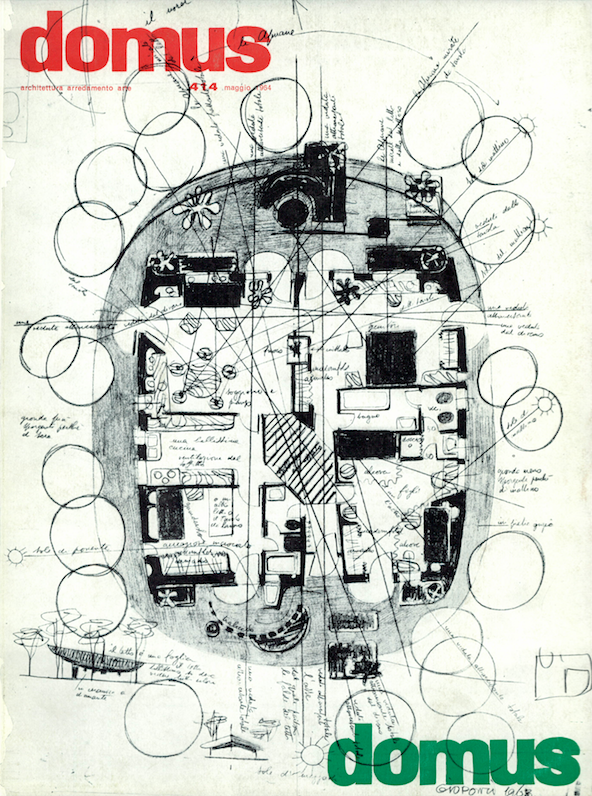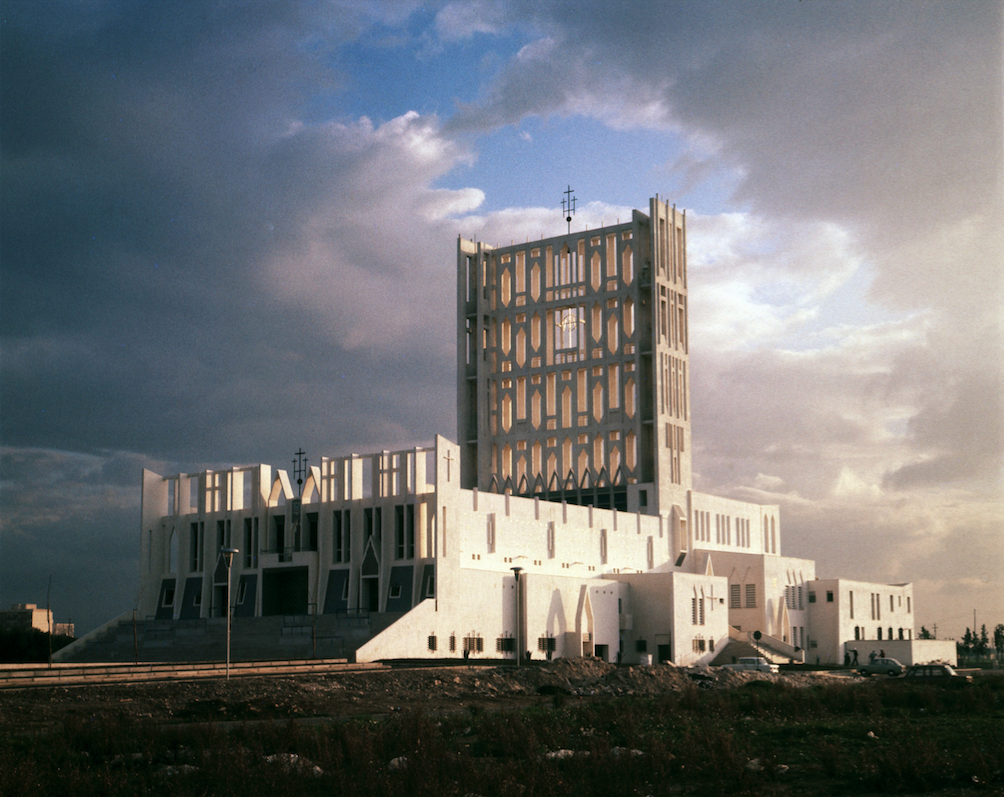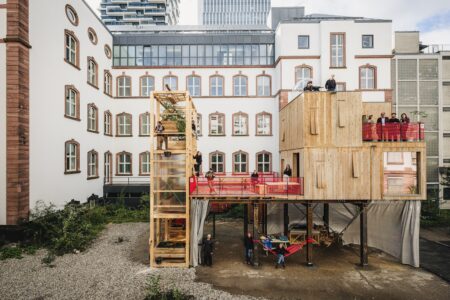MAD for Design at Musée des Arts Décoratifs
The Musée des Arts Décoratifs, Paris, celebrates its new Contemporary Design Galleries and a retrospective of famous Italian designer Gio Ponti
October 19th marked a momentous occasion for the The Musée des Arts Décoratifs (MAD) in Paris with the unveiling of both its newly remodeled Contemporary Design Galleries opening after refurbishment and the opening of the Tutto Ponti: Gio Ponti Archi-Designer which is a major retrospective of the renowned and prolific Italian practitioner (1891-1979). Dominique Forest, the Head Curator of the Modern and Contemporary Department, told TLmag “We wanted to make an important event around design” which led to the parallel openings.
The renovation of the Contemporary Design Galleries has expanded the space to 2,100 square meters, allowing over 1,000 works to be displayed, some which have never been seen before. Furthermore, the new space and its curation allow for a new reading of the collection which includes works of graphic design, fashion, wallpaper, toys, glassware, furniture, and photography. The refurbishment was supervised by Olivier Gabet, Museum Director in conjunction with the design and architectural firm Normal Studio who were supported by the various departments of the museum.
TLmag caught up with Dominique Forest, the Head Curator of the Modern and Contemporary Department to find out more about these historic moments in the life of MAD:
TLmag: Why did you decide to do an exhibition on Gio Ponti?
Dominique Forest: In France, nobody has ever made a major retrospective on Ponti. And, of course, he is a significant designer and architect. As a designer, he was very involved in art decorative production and, as an art decorative museum, it is important for us to showcase these kinds of pieces.
Gio Ponti was a prolific designer, how did you approach curating the vastness of his activities which range from product and furniture design and architecture to curating, writing and editing?
The exhibition is quite chronological but moves through three different spaces. The first is for Ponti’s craft pieces which include silver, ceramics, fabric and enamel works. Secondly, the most important section displays his furniture and architecture. The final part of the exhibition is a reconstruction of six different rooms that Ponti designed dedicated to either a hotel, university, house. They are period rooms with many of the important pieces in the exhibition displayed within them.
Were these rooms reconstructed from photographs?
Yes, with photographs and drawings. He liked making drawings. We made this exhibition with the Gio Ponti Archive as his family has kept a lot of his work especially his documentation.
Are there new perspectives on Gio Ponti presented in this exhibition?
A very exciting and important part of this exhibition is that we managed to get some of Ponti’s pieces from his most beautiful house, Casa Planchart, that was built in 1950 in Caracas, Venezuela.
It was a very impressive building because he designed the architecture and he also made all the furniture, all the tiles, all the decoration of the floors and ceilings. It was his most famous house but this exhibition marks the first time that the furniture has left of Venezuela, it has never before been put on loan.
Also, the catalog is the first major French publication on Gio Ponti’s work. It also explores new aspects of Gio Ponti’s work, for example, we worked on the link between Gio Ponti and the architect Bernard Rudofsky.
In addition to the Gio Ponti retrospective, you have been working on the new Contemporary Design Galleries, could you describe some of the changes that visitors will find in the new space?
The main change is that rather than the chronological presentation we had before we now have a thematic presentation.
Another important shift is that previously, the department was showing only products such as chairs and lamps, but now we also have items like drawings and publicity graphics. In the new presentation, we mix all of these mediums. It is quite different.
As well as the pieces in the galleries, another major change is to do with our location in the Louvre and our very beautiful views of Paris. Before the renovation only a bit of the view was visible. We chose to open up the views over Paris so that when you are in the space you can see some very impressive vistas and Parisian architecture. We want the public to see the works but the location is also very important.
‘Tutto Ponti: Gio Ponti Archi-Designer’ will be on display at MAD until February 10, 2019. The new Contemporary Design Gallery will be on permanent display.
Cover image: Graphic design: BETC and Italo Lupi. Photo credits: © Gio Ponti Archives; Editoriale Domus S.p.A., all rights reserved; Paris, MAD, photo Jean Tholance; Francesco Radino; Courtesy Wright Auctions; Associazione Amici di Doccia / Arrigo Coppitz; Vincent Thibert















